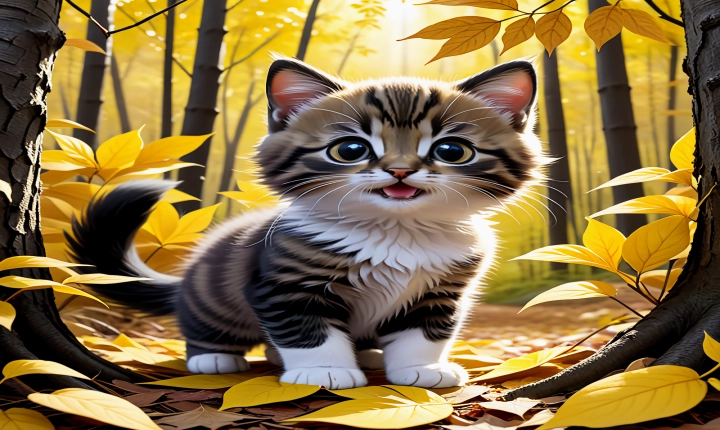Title: The Art and Science of AI-Generated Images
In recent years, the field of artificial intelligence (AI) has made significant advancements in the creation of realistic and visually stunning images. AI-generated images are not only intriguing from a technological standpoint, but they also pose thought-provoking questions about the nature of creativity, art, and the future of visual content creation.
The process of creating images with AI involves a complex interplay of algorithms, neural networks, and large datasets. One of the most popular techniques used is Generative Adversarial Networks (GANs), a type of neural network that pits two algorithms against each other in a competitive process. One algorithm, the generator, creates images based on a given input, while the other algorithm, the discriminator, evaluates the generated images for authenticity. Through repeated iterations and feedback, the generator learns to create increasingly realistic and detailed images.
Another approach is the use of convolutional neural networks (CNNs), which are particularly effective in tasks related to visual data processing. CNNs analyze images in a hierarchical manner, extracting features at different levels of abstraction and using them to generate new, original content.
AI-generated images have a wide range of applications, from the entertainment industry to scientific research. In entertainment, AI can be used to create visually stunning special effects, realistic video game environments, and even generate unique art pieces. In scientific research, AI-generated images can be used to simulate complex scenarios, generate realistic medical imagery for training purposes, and aid in the analysis of astronomical phenomena.
Despite the remarkable capabilities of AI-generated images, there are ethical and philosophical implications to consider. Questions regarding the originality and ownership of AI-generated art have sparked debates within the art community. Additionally, as AI becomes increasingly proficient at creating indistinguishable fake images, concerns about its potential misuse for creating fake news, deceptive advertising, or even malicious content have arisen.
Looking ahead, the continued development of AI-generated images holds both promise and challenges. The integration of AI into creative processes raises questions about the role of human creativity and the extent to which AI can truly emulate it. While AI has demonstrated the ability to produce impressive visual content, the intangible aspects of art, such as emotional expression and conceptual depth, remain firmly within the realm of human experience.
In conclusion, the creation of images through AI represents a fascinating convergence of technology, art, and ethics. The advancement of AI in generating images is a testament to the remarkable progress in machine learning and computer vision. As AI continues to evolve, it is essential to consider the impact of these advancements on the creative process, societal perceptions of art, and the ethical considerations surrounding the use of AI-generated images.
